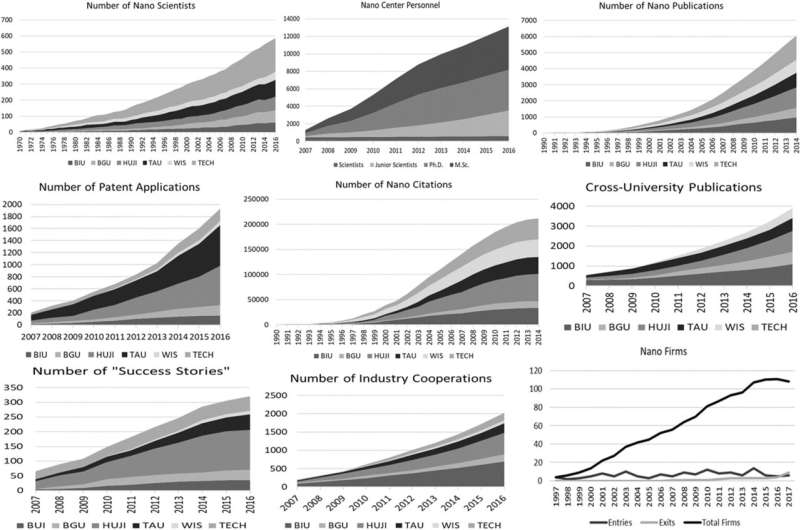This article has been reviewed according to Science X's editorial process and policies. Editors have highlighted the following attributes while ensuring the content's credibility:
fact-checked
peer-reviewed publication
trusted source
proofread
How to start a successful innovation ecosystem

The emergence of informal voluntary organizations capable of triggering "coopetition" where sheer competition and poor resource management prevailed, can be the key to tackling the hurdles that prevent the establishment of an innovation ecosystem, according to Dovev Lavie (Bocconi's Department of Management and Technology).
An innovation ecosystem is defined as the alignment structure of government, university, and other actors that interact to promote innovation and commercialization of a core technology as their common value proposition. However, research has so far been focused more on subsequent phases of evolution or on the conditions that allow these ecosystems to operate than on the processes that facilitate (or prevent) the early development of successful innovation ecosystems in the first place.
A new paper in the Journal of Management Studies by Professor Lavie with Issy Drori of VU University in Amsterdam ("How Do Innovation Ecosystems Emerge? The Case of Nanotechnology in Israel"), studies how an innovation ecosystem could eventually overcome the hurdles that prevented its emergence for quite a few years.
The Israeli case is particularly useful for such a study because Israel is a small country, with a limited number of institutions whose role could be scrutinized both individually and in interaction with other institutions. Lavie and Drori used data from 40 in-depth interviews with various leading figures from academia, government agencies and industry, a survey of almost 300 scientists and a wealth of archive data from various sources.
More than by technological obstacles, the process of establishing an Israeli nanotechnology ecosystem was initially stifled by organizational bottlenecks. These included ineffective and fragmented bureaucracy, inefficient resource management, and the conflicting agendas of the government and universities. This very unfavorable framework, which had effectively halted the emergence of an ecosystem for nearly 20 years, was eventually unblocked when two apparently unconnected circumstances occurred.
First, an informal organization—the Forum for Research Infrastructure—began compensating for the government ministries' shortcomings. This outfit, which operated alongside existing formal structures, gathered the government officials who could then operate as a collective that pools their resources.
Then, the US-based Russell Berrie Foundation promised a large donation to Technion (Israel's top science university) on condition that the Israeli government and Technion itself matched the funds, which prompted all other universities to pursue this triangle donation model to sponsor their nanotechnology research centers.
This made possible the transition to what Lavie and Drori call "coopetition." Coopetition means simultaneous competition and cooperation between actors. In this case, cooperation emerged despite the inherent preliminary state of competition, giving way to distinct types of coopetition: for resources, direction, administration, and identity.
This transition was prompted by the actors' realization that competition had prevented them from implementing their private agendas and cooperation was inevitable. At that point, the process was in full swing and only the relatively easy task of devising and setting up the regulatory mechanisms for enabling and governing the ecosystem remained.
"We reveal how resource constraints and deficient bureaucracy mount organizational barriers and reinforce conflict, which prevented the ecosystem from emerging years after the technology was discovered. For the ecosystem to emerge, these impediments need to be dismantled via organizational metamorphosis and transition to coopetition by the ecosystem's members, who align their interests and pool resources," says Dovev Lavie.
"Our theory can guide policymakers, universities, and entrepreneurs in identifying bottlenecks that delay commercialization and in shaping the evolution of innovation ecosystems. We underscore the role of informal voluntary organizations in overcoming bureaucratic hurdles and advocate cooperation among competing actors that strive for a shared mission."
More information: Issy Drori et al, How Do Innovation Ecosystems Emerge? The Case of Nanotechnology in Israel, Journal of Management Studies (2023). DOI: 10.1111/joms.13026
Journal information: Journal of Management Studies
Provided by Bocconi University




















